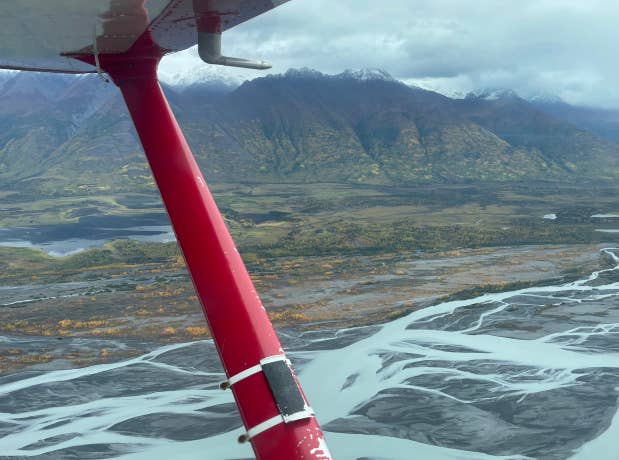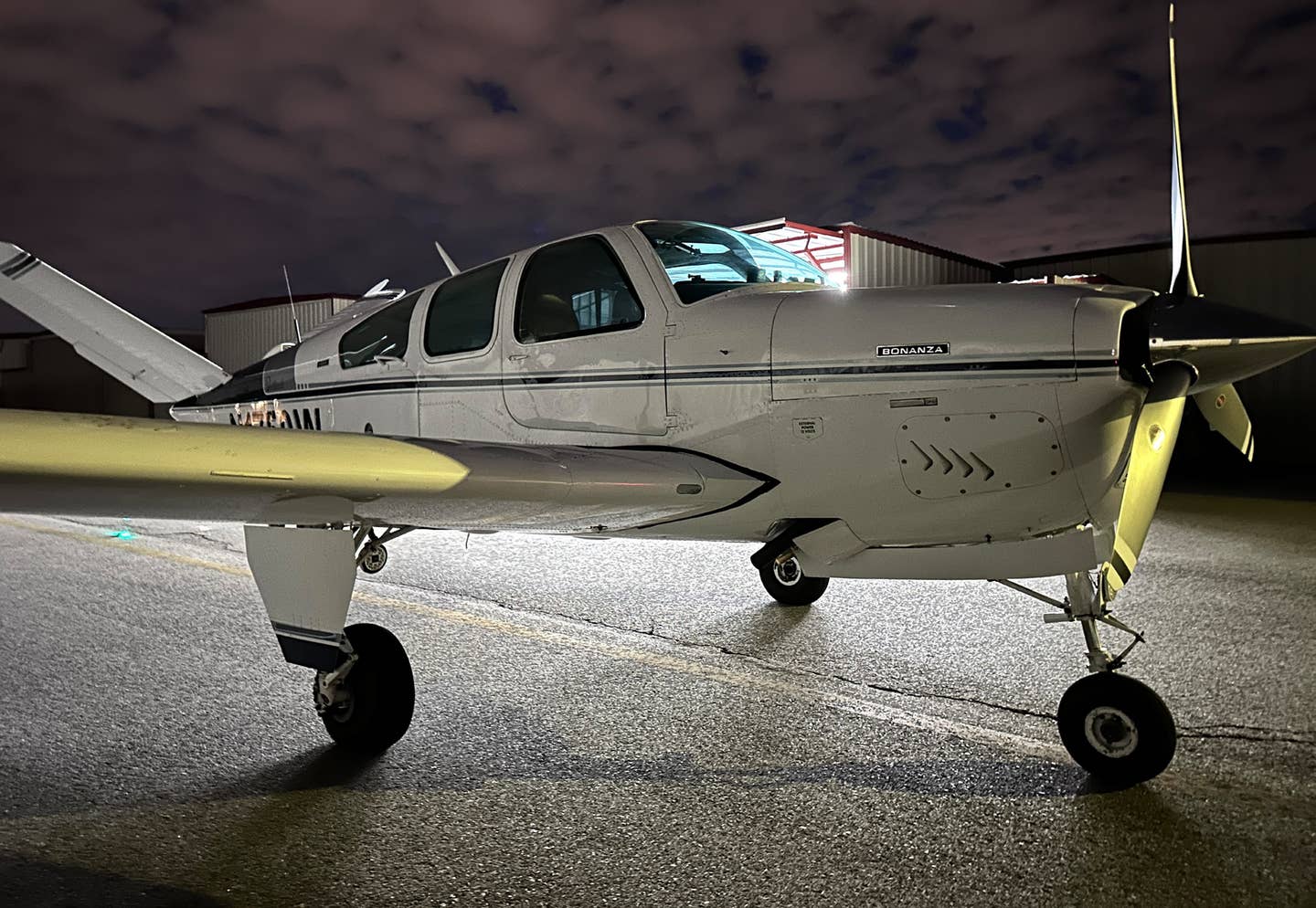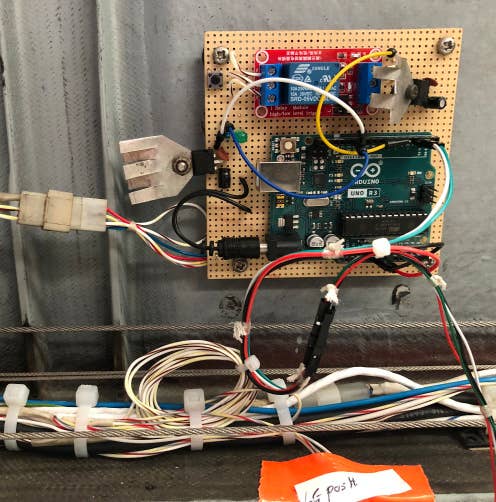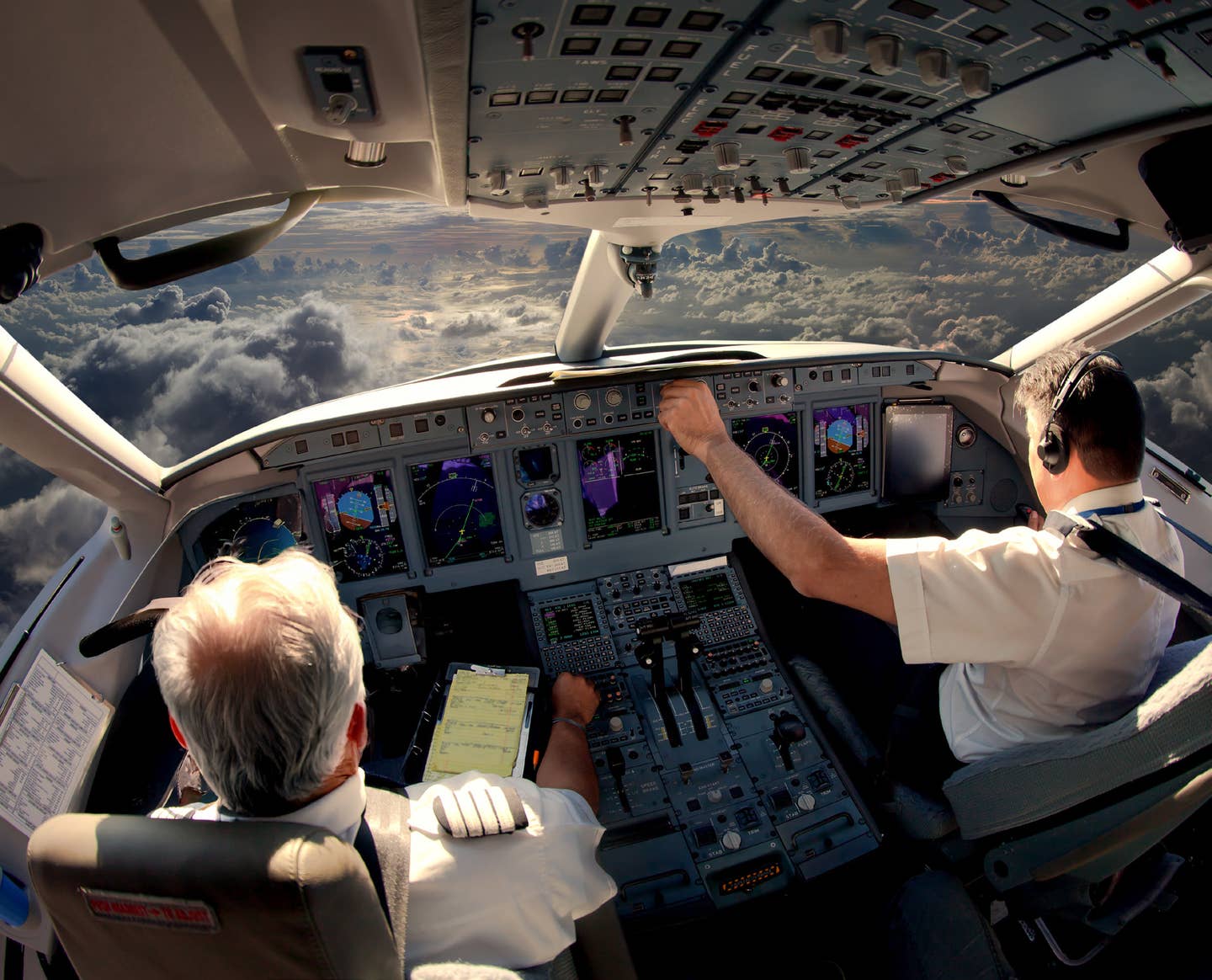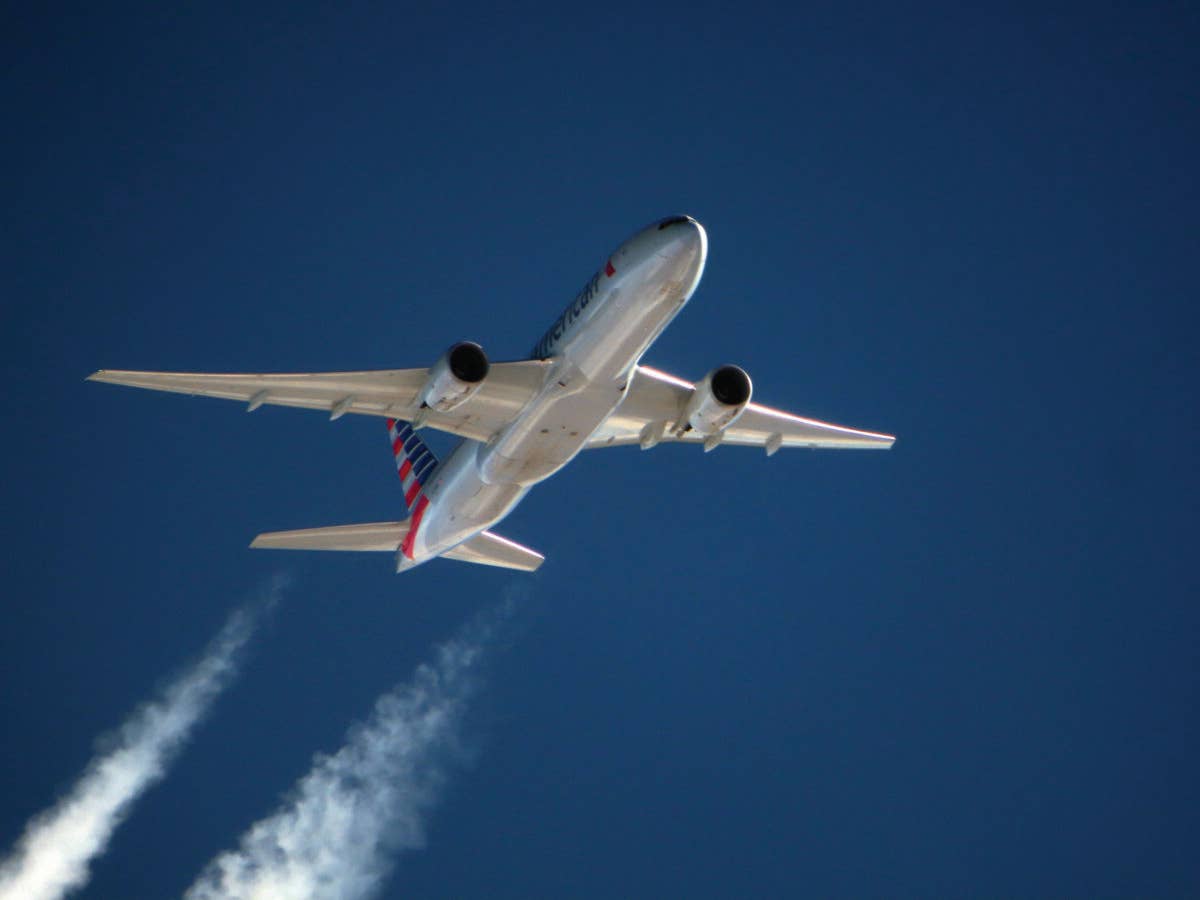
[Credit: iStock]
After hearing the thwack of the cockpit door, I turned in my seat to see the captain standing frozen in position. He scanned the flight deck with wide eyes and then settled his focus on me in the right seat.
“Did you know that we were flying a 757 on this leg?” the captain asked with a sheepish expression.
If you're not already a subscriber, what are you waiting for? Subscribe today to get the issue as soon as it is released in either Print or Digital formats.
Subscribe Now“Yessir, it was on the bid sheet.” I gestured at the door threshold. “You have to step down in this airplane as opposed to stepping up in the 767,” I said with a grin.
The captain nodded an acknowledgment, gingerly walking toward the left seat.
As he slid his flight bag into position, he said, “It’s been a while since I read that differences bulletin, so maybe it’s best that I fly this leg to Orange County, and you give me guidance.”
“Sounds like a plan,” I said more confidently than I felt, excited to try on a new pair of wings.
The airline had been flying the Boeing 767 for almost five years before the 757 entered service. Despite having the same type rating, most of us had never even flown the 757 simulator, let alone the actual airplane. A cursory glance in each cockpit didn’t reveal much to distinguish the two machines. But there were some subtle and not-so-subtle differences in their systems, notwithstanding gross weights and powerplants. The flight handling characteristics were noticeably different, with the 767 a Cadillac DeVille and the 757 a Chevy Corvette. The captain on that trip performed admirably, especially landing an unfamiliar airplane on a short runway.
Our departure from Orange County (KSNA) the following day included a deadheading McDonnell Douglas MD-80 crew riding in our jumpseats. They became anxious when we openly discussed a handful of unfamiliar items on the 757 checklist. They became quiet when we revealed that our total time on the airplane was about three hours and 30 minutes. They became quieter still when we were cleared for takeoff, and I had to diplomatically state to the captain that the power callout was EPR rather than N1.
Regardless of the dual type rating, our only real training on the 757 was a differences bulletin we received just prior to its introduction into service. Although we weren’t ecstatic about the lack of formal training, we reluctantly accepted the situation in the spirit of moving the airline forward during a period of rapid growth. In retrospect, it really wasn’t a good idea.
Unfortunately, it would seem history has repeated itself.
Via a 36-page bulletin, American Airlines introduced a significant change to its standard operating procedures (SOPs). No simulator training. No distance (online) learning. Just read the bulletin. The new SOPs encompass a concept called “Fleet Harmonization.” While allowing for some differences among aircraft types, the objective is to incorporate a common set of procedures for all phases of flight such that pilots transitioning from one airplane to another are already familiar with the tasks. Considering the many aircraft types in service at American, and the current environment of perpetual transition training, fleet harmonization is a worthy goal.
What tasks are included in this change? Manipulation of flaps and gear. Management of navigation systems and mode control panel operations. Takeoff callouts. Landing callouts. Approach procedures. Category II/III operations. Go-arounds. Pushback operations. PA announcements. Seat belt sign operation. Landing light operation. Overall checklist protocols.
The new SOPs are numerous, representing a significant culture change. Although the Allied Pilots Association (APA) endorses fleet harmonization, its leadership is adamantly opposed to its presentation as a lengthy bulletin. The bulletin was introduced to line pilots on December 5 with an implementation date of January 3. Check airmen—the pilots assigned the task of maintaining the standards of the FAA and the airline—weren’t given much advance notice either. As a matter of fact, check airmen weren’t offered the opportunity to provide input on the new SOPs. Granted, the bulletin touts the contribution of subject matter experts who no doubt provided detailed evaluations and analysis, but wouldn’t it be prudent also to include frontline pilots involved with maintaining standards?
In a letter from the APA president to the vice president of flight—the chief pilot of the airline—it was stressed that, at the very least, distance learning was required under such circumstances as per contractual agreement. Ironically, the bulletin indicates that many of the SOP revisions were done to mitigate risk during vulnerable phases of flight. Wouldn’t that worthy goal command a training event that involves more than just a document review?
The bulletin further states that the airplane flight manuals should be consulted as an additional reference, implying that not everything is covered within the 36 pages. Despite the objection of APA, the airline’s POI (FAA principal operations inspector) deemed the bulletin satisfactory.
Adding to the confusion was an ambiguous letter sent from upper-level pilot management indicating that the implementation could be integrated by utilizing old procedures with the new procedures on a revenue flight. No pilot would be expected or required to be proficient with the new SOPs. The resources of the Flight Training department, Flight Operations, and domicile chief pilots would provide support in the transition.
Unfortunately, one chief pilot didn’t get the proverbial memo. A captain delayed a flight at the gate to brief hiscrew on the new fleet harmonization SOPs. When the captain declared he wouldn’t depart until such time that he was confident in the safety of his flight, the chief pilot obliged him by removing the four-striper from his trip without pay. Although the financial aspect was partially resolved for the revolting captain, the event amplified angst among the troops.
The integration of old and new procedures creates an awkward cockpit and a potential recipe for disaster at critical moments. It’s pure speculation, but it will be interesting to read the NTSB report of the runway incursion that occurred on January 13 at KJFK when a Delta Boeing 737 had to reject its takeoff because of an improper crossing of an American Airlines Boeing 777. Were the new SOPs a contributing factor?
On a personal level, this training-by-bulletin strategy is disappointing to me. Among many attributes of the airline that was part of my life for 34 years, I felt a deep sense of pride in belonging to an elite group of aviators selected and trained to high standards. At one point during my tenure, I was responsible for maintaining those standards as a check airman.
It is indeed a balancing act to juggle safety and financial efficiency within a multi-billion-dollar corporation. But with an airline, safety has to be one of the most important products. A well-trained pilot produces that product. In this circumstance, with significant operational changes involved, paper training is not a solution.
This retired pilot and veteran of the airline asks that my alma mater reconsider the training strategy sooner rather than later.
This article was originally published in the April 2023, Issue 936 of FLYING.

Sign-up for newsletters & special offers!
Get the latest FLYING stories & special offers delivered directly to your inbox



